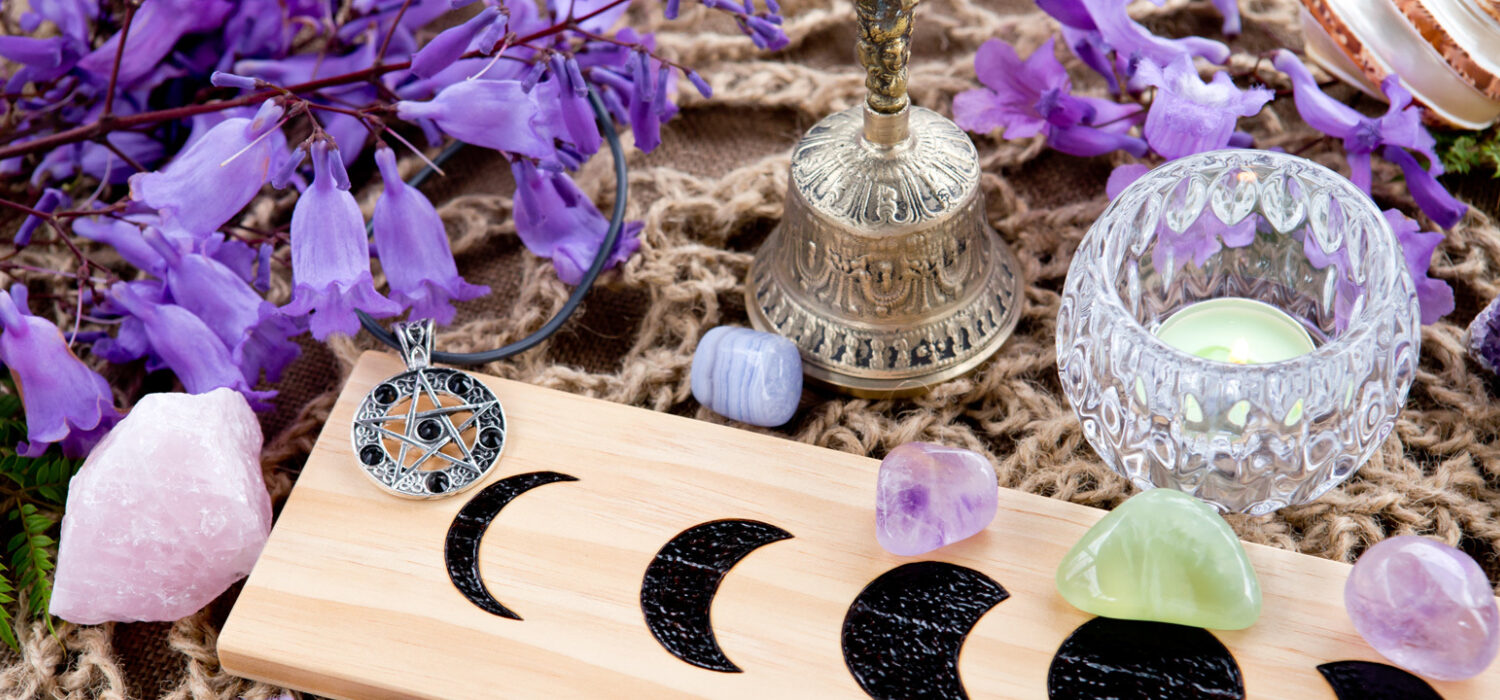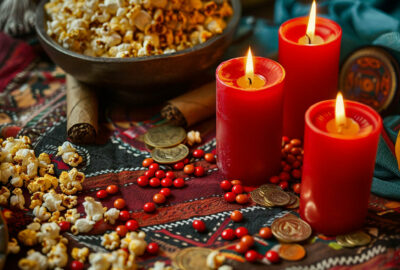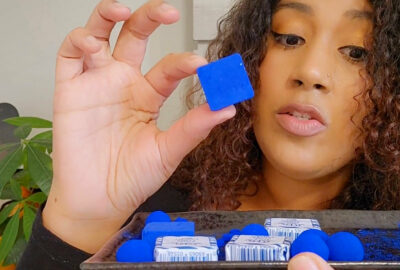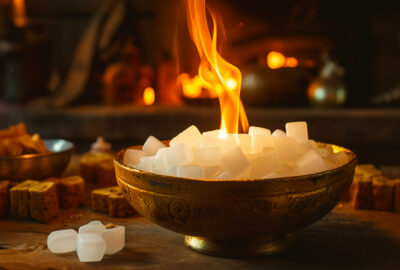
Wicca: A Beginner's Guide For Spell Tools and Altars
Wicca is an earth-centered European magical tradition that gained popularity when a man named Gerald Gardner wrote several publications on the subject in the 1940s-50s. Though his writing is considered controversial, he is still credited with bringing Wicca to the public eye. While the religion has changed somewhat in the years since it was first popularized, but some traditions still hold fast -- like the tools and altar.
Since it is a religion based around the veneration of nature, Wiccan altars and tools reflect this. Every group of practitioners has their own preferred way to set things up, but most of their altars are still easily recognizable.
Setting up a Wiccan Altar
To a Wiccan, the altar is the focus of a spell or religious ritual. It may be a large permanent fixture, or small and portable. For a coven, it is often a special table sized to hold a variety of tools and offerings, while a solitary practitioner may make do with an altar cloth placed on the ground.
Some prefer to place the altar in the middle of a room, while others insist it must be placed to the north or east. Altars are typically set with representations of the four elements, placed at the four cardinal directions. These can include:
- A stone, bowl of sand, plant, green or brown candle, or crystal to the north to represent Earth.
- A feather, folding fan, yellow candle, or incense to the east to represent Air.
- A red candle, piece of charcoal, or image of fire to the south to represent Fire.
They can also feature images, symbols, or candles to represent the Goddesses and Gods of the pantheon the witch is working with, offering bowls, and other magical tools.
Wiccan Altar Tools
Though not all Wiccan witches use tools in their rituals, many do. The ones you are most likely to see on an altar include:
- A wand. The wand is used to draw down and direct energy. Most wands are made of wood, and the type of wood is chosen for its magical significance. Wands can also be made of metal, crystal, bone, antler, or pretty much any other natural material. Some wands are created for a specific purpose, like money drawing, while others are for general use.
- Incense bowls or burners. Many rituals call for the use of incense, so it is a good idea to have a burner on hand.
- Offering bowls. It is common to offer food and drink during rituals. If you cannot work outside and place them directly on the earth itself, it helps to have a bowl available.
- A Book of Shadows. The Book of Shadows is essentially a handwritten guide. It contains all of the spells, rituals, herb and crystal information, and any other useful knowledge the practitioner might need. It can be as fancy as a leather bound journal with handmade paper, or as simple as a composition book.
- Pentacles or altar tiles. A pentacle is a five-pointed star in a circle, with each point standing for one of the elements (earth, air, fire, water, and spirit). These are flat tiles that are decorated with symbols important to the witch. Altar tiles are flat tiles that are decorated with symbols important to the witch, like the tree of life, flower of life, or wheel of the year.
- An altar cloth. Altar cloths serve a practical purpose, since they protect furniture from candle wax or oils. They can also help designate what the altar is for -- like using pink cloth for a love altar, green for prosperity, and so forth.
- An altar bell. Bells help purify the surroundings and chase away negative energy. They also serve as an indicator for the opening and closing of a ritual.
Some other tools include poppets for sending energy to someone, parchment for writing petitions, and any incense, oils, candles, or dry herbs the ritual calls for.
Wiccan altars can be very elaborate, or as simple as an offering bowl, a candle, and the practitioner themselves. Some witches enjoy setting up temporary altars outdoors made entirely of things they find in nature, while others love the process of choosing items that feel particularly beautiful and meaningful to them. Whichever you choose to do, as long as you pick your tools and set up your altar with love and intuition, you will not go wrong.





